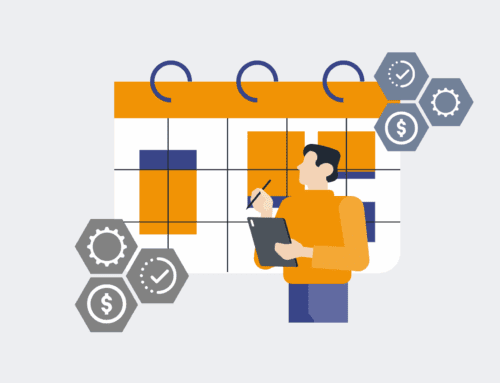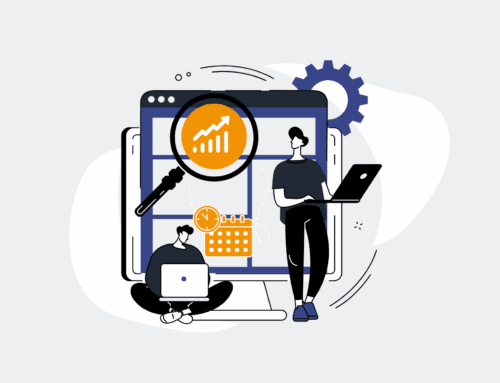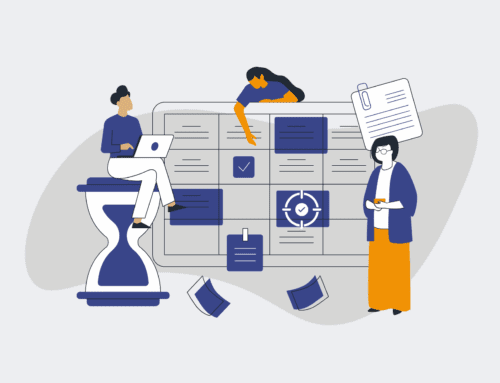AI vs. Traditional Onboarding: A Head-to-Head Comparison for HR Leaders
The first impression a new hire receives often dictates their long-term engagement and productivity. For HR leaders, perfecting the onboarding process isn’t just a nicety; it’s a strategic imperative that impacts everything from talent retention to overall organizational efficiency. In today’s rapidly evolving business landscape, the debate between AI-driven and traditional onboarding methods has moved front and center. It’s no longer a question of if technology will transform HR, but how quickly and effectively you adopt it. At 4Spot Consulting, we see the shift as an opportunity to save businesses 25% of their day, and onboarding is a prime candidate for this transformation.
The Undeniable Costs of Traditional Onboarding
Traditional onboarding, characterized by mountains of paperwork, fragmented departmental handoffs, and often inconsistent experiences, carries significant hidden costs. Imagine the HR team member manually chasing signatures, ensuring compliance documents are correctly filed, or coordinating IT setups. This isn’t just busywork; it’s high-value talent performing low-value tasks. The time investment alone for HR and hiring managers can be staggering, diverting their focus from more strategic initiatives like talent development and culture building.
Beyond the administrative burden, traditional methods frequently lead to a suboptimal new hire experience. Information overload, a lack of personalized support, and delayed access to necessary tools can leave new employees feeling disoriented and underprepared. This disengagement manifests in higher early-turnover rates—a costly problem that negates the significant investment made in recruitment. When new hires don’t feel supported or integrated quickly, their time-to-productivity lengthens, directly impacting project timelines and team performance.
The AI-Powered Onboarding Paradigm Shift
Enter AI-powered onboarding, a strategic leap forward designed to address the inefficiencies and inconsistencies inherent in traditional approaches. This isn’t about replacing human interaction, but augmenting it with intelligence, speed, and personalization. AI tools, often integrated through platforms like Make.com, can automate the repetitive, administrative tasks that bog down HR teams. From automated document generation and signature collection via PandaDoc to seamless IT provisioning and system access, AI ensures consistency and compliance without manual intervention.
But the benefits extend far beyond mere automation. AI can craft highly personalized onboarding journeys, tailoring content, training modules, and mentor assignments based on a new hire’s role, department, and even learning style. Imagine a new sales executive receiving a curated learning path that includes specific product knowledge, CRM training, and introductions to key stakeholders, all delivered proactively and interactively. This level of personalization significantly enhances engagement, accelerates skill acquisition, and fosters a sense of belonging from day one.
Data-Driven Insights and Continuous Improvement
One of the most profound advantages of AI in onboarding is its ability to generate actionable data. Traditional methods offer anecdotal feedback at best. AI platforms, however, can track engagement with training materials, identify common pain points in the onboarding journey, and even predict potential turnover risks based on employee interactions and sentiment analysis. This continuous feedback loop allows HR leaders to iterate and refine their processes, moving from reactive adjustments to proactive, data-informed optimizations.
For HR leaders focused on ROI, this means a clearer understanding of what works and what doesn’t. You can pinpoint bottlenecks, measure the effectiveness of different training modules, and quantify the reduction in time-to-productivity. This strategic insight transforms onboarding from a necessary administrative function into a dynamic, performance-driven engine for talent integration and retention.
Scalability, Consistency, and the 4Spot Consulting Edge
For high-growth B2B companies, scalability is paramount. Traditional onboarding struggles to scale efficiently; as headcount increases, so does the administrative burden, often leading to a breakdown in consistency and quality. AI-driven systems, by contrast, can scale almost infinitely without a proportional increase in human effort. A robust AI onboarding framework ensures every new hire, whether it’s one or one hundred, receives the same high-quality, consistent experience.
At 4Spot Consulting, we specialize in implementing these AI and automation solutions. We don’t just recommend technology; we build systems that integrate seamlessly with your existing infrastructure, using tools like Make.com to connect dozens of SaaS applications. Our OpsMap™ strategic audit identifies your specific onboarding inefficiencies and designs a tailored automation blueprint. The result is a system that not only saves your HR team countless hours but also elevates the new hire experience, driving faster integration, higher retention, and a more productive workforce.
The choice between AI and traditional onboarding is a decision about the future of your workforce. While traditional methods have served their purpose, the demands of the modern enterprise require a more intelligent, agile, and scalable approach. Embracing AI in onboarding isn’t just about efficiency; it’s about making a strategic investment in your most valuable asset: your people. It’s about saving time, eliminating errors, and focusing your high-value employees on tasks that truly matter. Ready to uncover automation opportunities that could save you 25% of your day? Book your OpsMap™ call today.
If you would like to read more, we recommend this article: The Intelligent Onboarding Revolution: How AI Drives HR Excellence and New-Hire Success









